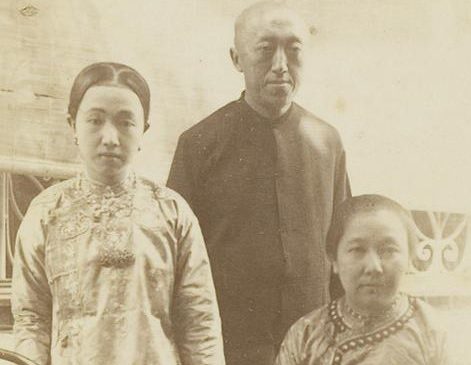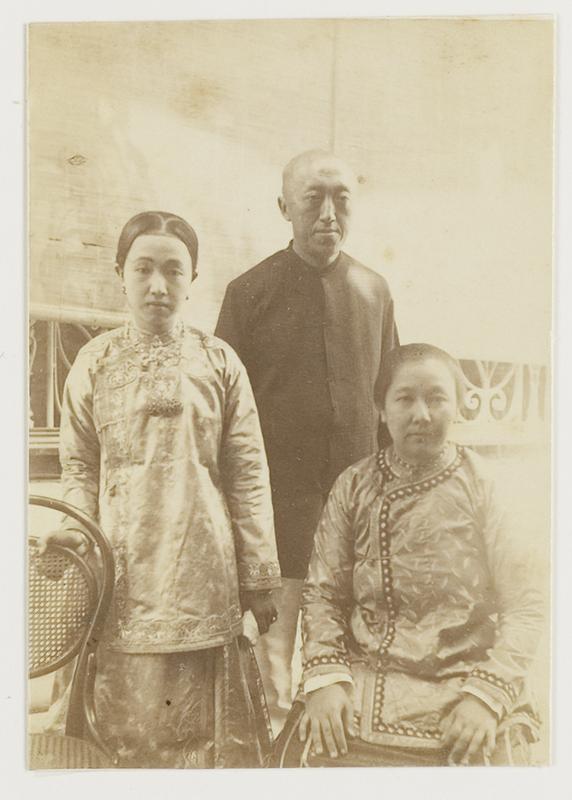Traditions & Culture
26 – Attire of the Chinese Community in the Dutch East Indies – 5/10

Ladies in “baju peki hoa kun” and a man in “baju tui khim” Java, around 1900. KITLV 29188 See whole image below
The last decade of 19th century was a period of increased Chinese consciousness in Dutch East In dies.
This shift in Chinese consciousness and allegiance to ancestral homeland China was probably due to the introduction of the Dutch Nationality Law in 1892 when non-Europeans in the Dutch East Indies were no longer considered Dutch nationals.
Women began to wear a two-piece Chinese-style dress called “baju peki hoa kun”. This fitted blouse (“baju peki”) and pleated skirt (“hoa kun”) had decorative borders.
Those for festive occasions were made of silks, while simple ones worn daily at home were made of cotton, sometimes with some simple embroidery and lace.

Februari 2021
Christopher Ng
This article is part of a series of 10 articles. A new article will be published on the 1st day of each month from October 2020 to July 2021. The bibliography of the series can be found here.


